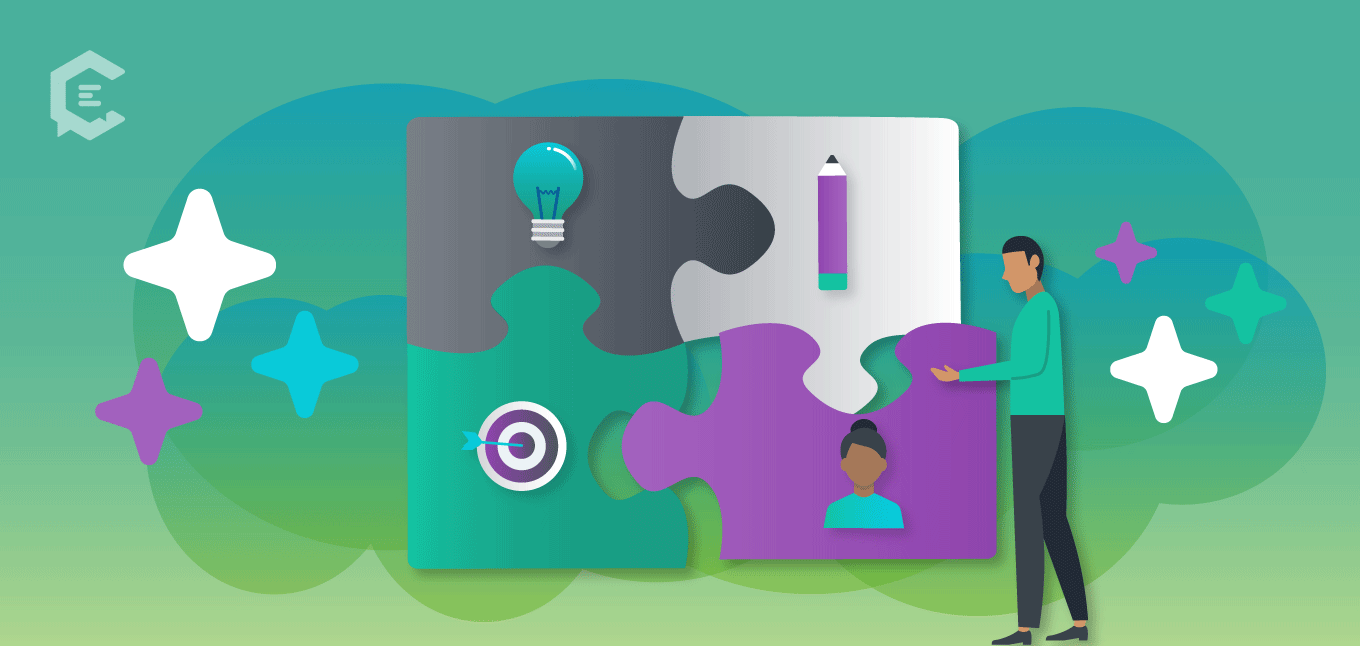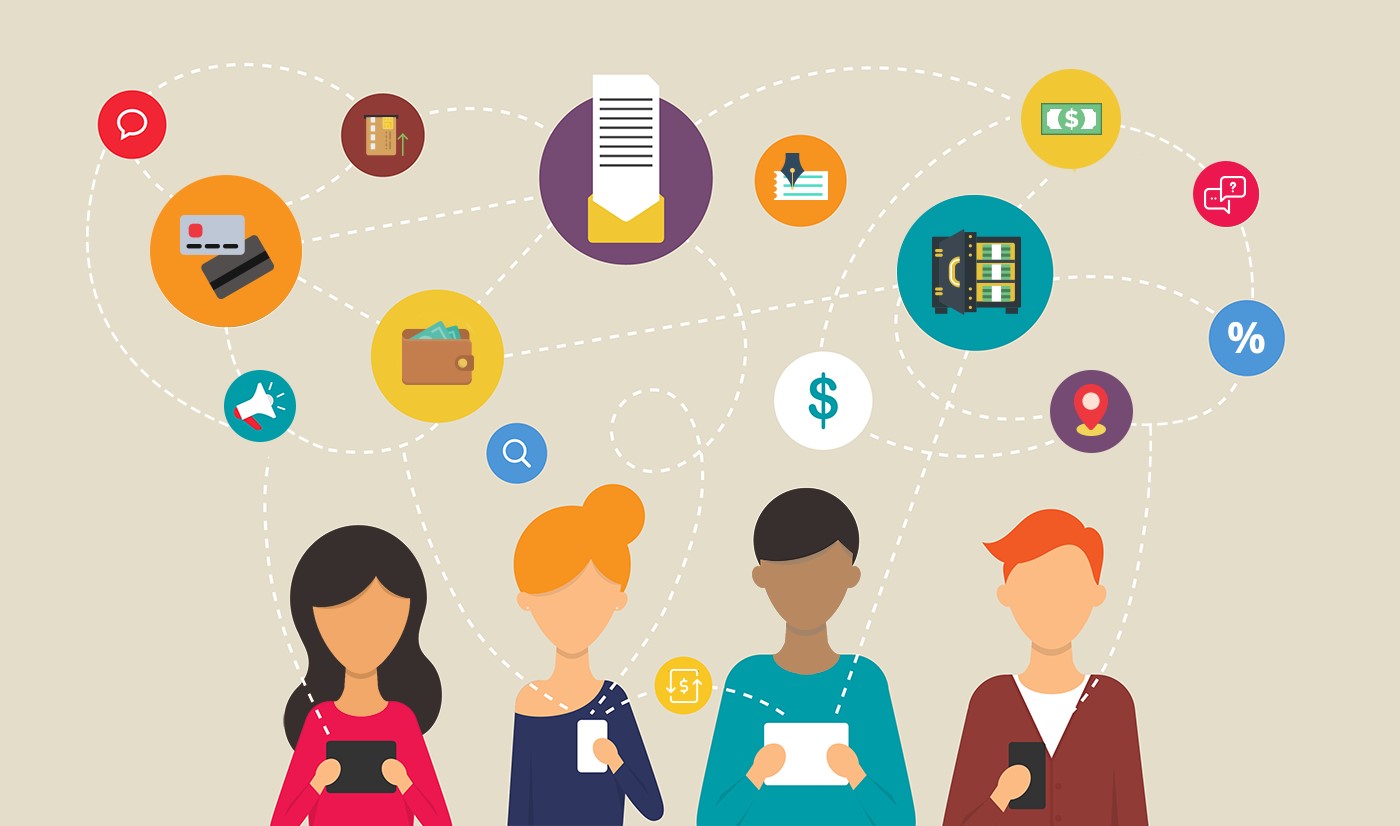
According to this data, around 300 billion emails were sent in 2021. That’s just for email. Imagine the extent of communications between people and brands. How is it possible to stand out from such a large lot? In today’s era, everyone loves customization. A personal touch really makes one feel good. People may feel inclined to engage with content they think is personally interesting, which serves their purpose. Personalized content marketing has come into its own as a topic for quite some time. And it goes way more than just using first-name references.
Content personalization in marketing has many benefits, and there are some effective strategies you can use. You can tailor your own strategy to boost customer engagement, drive conversion rates and increase revenue. Content personalization can help companies drive the right message to the correct target audience. The content may be adapted to fit newsletters, blogs, or other forms, and may include different headlines, images, CTAs, body copy, etc. Doing this could help improve conversion rates and drive campaign performance, boosting engagement. Called ‘dynamic content’ due to its constantly updating nature, it is all about customer-oriented personalized user experiences.
How Do Brands Create Such Specific Content?

How do you know your best friend is feeling sad? It’s because you have observed them, their facial expressions, and can pinpoint either one or more of those expressions as representing sadness. Similarly, brands ‘know their audiences’. They segment user data into 3 buckets.
Behavioural Data
When a user visits your website, they leave behind some information. Behavioral analysis can give you the time they spent, the number of visitors, sign-ups, and other metrics. Sources for this data are mobile applications, websites, CRM systems, call centers, helpdesks, billing centers, and marketing automation systems.
Contextual Data
Providing context to user actions, items, and persons can help marketers gain insights into user intent and patterns. Data comes from social media activity, milestones, location, preferences, and old buying behavior.
Demographic Data
This method divides the market into smaller blocks based on demographic factors ranging from age, income, and marital status, to gender, sexual orientation, education level, geography, etc. You can get such data from population censuses, 3rd party databases, and survey records. It is quite useful, knowing how your audience behaves on the internet.
What Are The Advantages of Content Personalization?

Curate An Interested Audience
Consistently tracking user behavior, information, preferences and more, can help you offer your audience relevant content and consequently products and services that keep their interest buoyed, and their engagement with you for a long time. A bored audience won’t stick around. They’ll leave to engage with similar brands that offer something unique. You can attract new customers, but to have a loyal fan base, requires dedication. Content personalization can help with that.
Better Lead Nurturing
There are higher chances of leads being converted into MQLs, or marketing qualified leads, and SQLs, or sales qualified leads if a publisher takes care to curate personalized content. When individual audience members are catered to, established relationships grow stronger, getting you more leads and conversions over time.
Higher Lead Conversion Chances
If you manage to reach the right audience at the right time with the right message, your conversion likelihood increases. This is better than when you send customers random irrelevant messages. A personalized curated experience may entice a customer to convert way more than a generic approach.
Better Revenue
Different strokes for different folks. Some people prefer Facebook, others Instagram. Staying abreast of everyone’s preferences is important, so you can target your efforts towards those channels to boost purchases. If you have a customer frequently visiting your brand site and social media handles, you could lure them through those channels by personalizing their experience, providing product recommendations whenever they express interests. If your customer sees what you are offering them in terms of user experience and the product is interesting, they may be more likely to return to your site and buy from you.
An Emotional Touch
Emotions have always driven purchasing decisions, which is why content personalization is a great differentiation strategy for customer engagement and retention. If you manage to strike an emotional chord with your audience via your content, the impact may be boosted by data-driven personalization. Marketers have managed to break down their audiences on parameters like age, location, and gender, allowing them to customize their marketing message on a deeper level.
Effective content personalization encompasses a variety of tools, customer data, and new technology, helping marketers study customer journeys to garner more data, giving the customer a bespoke experience, boosting emotional bonds.
How Do You Build A Content Personalisation Strategy

User First
Before curating your content, map out your target audience’s needs. Your content, product, or service needs to solve some problem. Your personalization strategy doesn’t need to blow your own trumpet. It should be more about how your product is tailored to audience needs. As a manufacturer, it should be your goal to create something of value for end-users, irrespective of whether you get their business or not.
Speak To Individuals
Personalized content is all about the individual. When addressing a potential customer, try to make them feel as if they are your only priority. A human-centric and empathetic approach might help. Interact with your customers as a person, not a company. Lend things a personal touch, and genuine relationships may foster.
Customer Journey Mapping
A customer journey map helps you curate content that is relevant for each step of the customer’s journey. Such a map should speak to different audiences, aligning your content to each stage of their user journey. This can help you deliver relevant content to a customer during a certain part of their journey, ensuring they move forward to the next step.
What Can Help You Personalize Content
There are many content personalization tools specifically made for this purpose.
Customer Data Platforms
This software clubs customer data across touchpoints, building individual customer profiles after scanning data in real-time. Data from first, second and third-party sources like social media, web forms, site behavior and action, CRM, mail interactions, and other customer transactions, all come together to build quite an accurate customer profile.
Google Tag Manager
Working with a data layer variable that triggers personalization, this tool gives marketers data helping them display custom content to different audience members. Google Tag Manager can help publishers provide a seamless personalized experience, boost on-site user experience and conversion rate.
Data Management Platforms
Such platforms collect, collate, and activate data from different sources. The data can be a first, second, or third party, and the sources vary from online to mobile, offline, and beyond.
The above tools have become indispensable for personalized content marketing, helping businesses find new insights about their valued customers.
Conclusion
In conclusion, content personalization is absolutely essential if you want to feel the pulse of the customer, and relate to them on a deeper level. With a little effort, personalization of content can go a long way in getting you fresh leads, while boosting engagement with your present users. Read our blog about asking customers for reviews, a great starting point for curating a customized content, product, or service experience.
